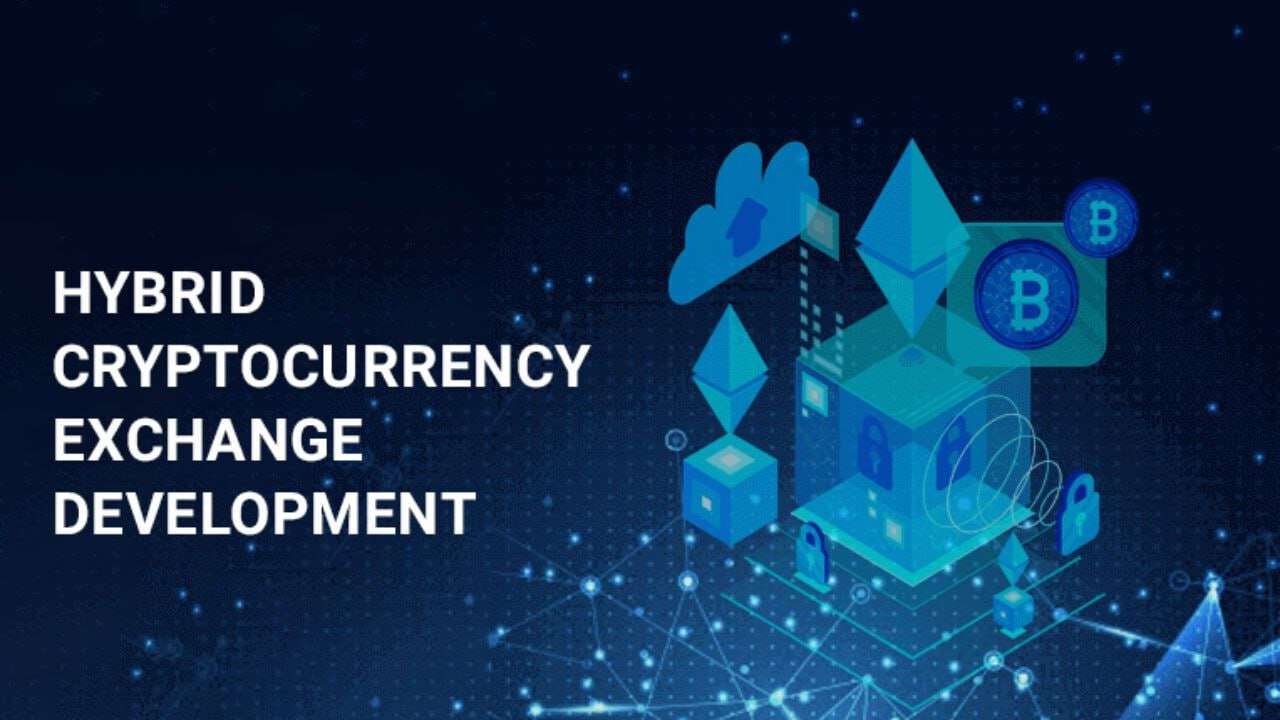Maintaining blockchain purity: Vitalik on the dangers of expanding Ethereum’s consensus

[gpt3]rewrite
On May 21, 2023, Ethereum inventor Vitalik Buterin published a blog post discussing the potential risks associated with expanding the Ethereum network’s consensus beyond its core purpose. In the post, Buterin emphasizes the importance of maintaining the purity of the blockchain’s mathematical construction and warns against attempts to recruit Ethereum’s social consensus for other applications.
Buterin begins by highlighting the robustness of Ethereum’s cryptoeconomic consensus, with a large community of validators and users ensuring the network’s security. He notes that in the event of a failure, protocol rules ensure that attackers are severely punished, making Ethereum one of the most secure crypto-economic systems available.
However, Buterin expresses concern about proposals to use Ethereum’s validator set and social consensus for purposes beyond its intended scope. He provides several examples to illustrate the distinction between reuse of validators (considered low risk) and social consensus overload (considered high risk).
The Ethereum inventor explains that, while well-intentioned, attempts to incorporate Ethereum’s social consensus into external applications create systemic risks for the ecosystem. By stretching Ethereum’s consensus, conflicts from the outside world can affect the blockchain, potentially leading to community splits and contested parts. Buterin presents a cautionary tale set in the year 2025, where an ETH/USD price oracle built on Ethereum’s consensus is manipulated due to political disputes, resulting in societal division.
Buterin argues that incorporating real-world information, such as price indices, into Ethereum’s layer-1 protocol functions expands the blockchain’s legal attack surface and transforms it from a neutral technical platform into a financial tool. This shift introduces complexity, risk and cost to validators, who must now monitor and update additional software related to other protocols.
The Ethereum inventor also stresses that expanding Ethereum’s consensus to solve problems faced by layer-2 protocols or application-layer projects could create an imbalance, favoring larger projects over smaller ones in potential bailouts. Furthermore, the possibility of chain splits arising from attempts to incorporate external disputes into Ethereum’s consensus undermines the platform’s original purpose as a refuge from nations and geopolitics.
To meet these challenges, Buterin proposes solutions on a case-by-case basis. For price oracles, he proposes decentralized oracles that do not rely solely on L1 consensus for mining. In addition, he proposes the development of more complex oracles of truth using decentralized legal systems. When it comes to layer-2 protocols, he advocates a phased approach, which includes partial training wheels, multiple trial systems, and finally embedding complex features into the protocol itself. Buterin also recommends minimizing reliance on cross-chain bridges and exploring the use of Ethereum’s validator kit to secure other chains by becoming a validium rooted in Ethereum.
In conclusion, Buterin urges caution in extending Ethereum’s consensus beyond its core functionality. While social consensus is necessary for upgrades, bug fixes, and security, it should be used sparingly to avoid increasing the fragility of the blockchain’s core. The Ethereum community should preserve the minimalism of the chain, support re-staking strategies that do not extend the role of the Ethereum consensus, and help developers find alternative security approaches for their applications.
[gpt3]
























